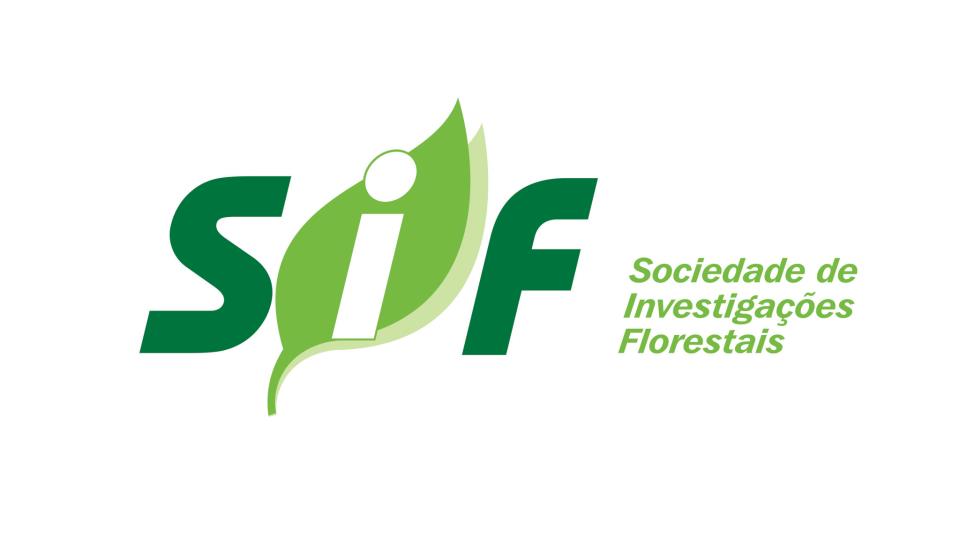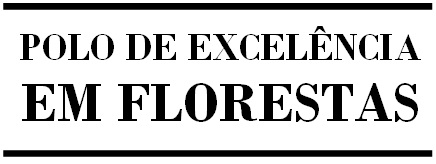Biblioteca Florestal
Digital
Digital
Ácido indolbutírico e ortotropismo na miniestaquia de Araucaria angustifolia

JavaScript is disabled for your browser. Some features of this site may not work without it.
| dc.contributor.author | Pires, Patricia Pereira | |
| dc.contributor.author | Wendling, Ivar | |
| dc.contributor.author | Brondani, Gilvano | |
| dc.date.accessioned | 2014-09-15T19:38:20Z | |
| dc.date.available | 2014-09-15T19:38:20Z | |
| dc.date.issued | 2013 | |
| dc.identifier.citation | PIRES, P. P.; WENDLING, I.; BRONDANI, G. Ácido indolbutírico e ortotropismo na miniestaquia de Araucaria angustifolia. Revista Árvore, Viçosa, v.37, n.3, p.393-399. 2013. | pt_BR |
| dc.identifier.issn | 1806-9088 | |
| dc.identifier.uri | http://www.bibliotecaflorestal.ufv.br/handle/123456789/11034 | |
| dc.description.abstract | Considerando a dificuldade da propagação vegetativa de araucária e a total inexistência de informações acerca da miniestaquia nesta espécie, este trabalho objetivou avaliar a influência de concentrações de ácido indolbutírico (AIB) na miniestaquia de Araucaria angustifolia, bem como a caracterização do hábito de crescimento (ortotrópico ou plagiotrópico) das mudas produzidas. O minijardim foi formado por minicepas provenientes de mudas propagadas por sementes. A região basal das miniestacas foi exposta durante 10s a soluções de 0; 1,5; 3,0; e 4,0 g.L-1 de AIB, após foram mantidas em casa de vegetação por 120 dias. Adotou-se o delineamento experimental inteiramente casualizado com cinco repetições de 15 miniestacas. O aumento das concentrações de AIB promoveu pequeno incremento na sobrevivência (até 3,0 g.L-1), número de raízes das miniestacas (até estimativa de 2,3 g.L-1) e enraizamento (até 1,5 g.L-1), embora o melhor enraizamento obtido de apenas 32% possa ser considerado baixo. De acordo com os resultados, há a necessidade do desenvolvimento de mais estudos com essa espécie, principalmente ao considerar os aspectos nutricionais e ambientais de propagação. O hábito de crescimento de todas as mudas formadas por miniestaquia apresentou-se ortotrópico, denotando o potencial da tecnologia para a clonagem de famílias selecionadas da espécie. | pt_BR |
| dc.description.abstract | Considering the limitations of vegetative propagation of Araucaria angustifolia and the total absence of information regarding the minicuttings technique in this species, this study aimed to evaluate the influence of concentrations of indolbutyric acid (IBA) in minicuttings technique of Araucaria angustifolia, as well as the characterization of growth habit (orthotropic or plagiotropic) of the minicuttings produced. The Minigarden comprised ministumps propagated by seeds. The basal region of minicuttings was exposed during 10s in solutions containing concentrations 0, 1.5, 3.0 and 4.0 gL-1 IBA after what they were transferred to a greenhouse for 120 days. The design was completely randomized with five replications of 15 minicuttings. Increasing IBA concentrations favored a little increase in survival (up to 3.0 gL-1), number of roots of minicuttings (estimate up to 2.3 gL-1) and rooting (up to 1.5 gL-1), causing inhibition at the highest concentration, however the low 32% best rooting result obtained. According to the results there is a need to develop more studies on the specie, especially when considering the nutritional and environmental propagation. The growing habit of all rooted minicuttings was orthotropic, showing the potential of the technique in cloning selected families of the species. | pt_BR |
| dc.format | 8 páginas | pt_BR |
| dc.language.iso | pt_BR | pt_BR |
| dc.publisher | Universidade Federal de Viçosa | pt_BR |
| dc.relation.ispartofseries | Revista Árvore:v.37,n.3; | |
| dc.subject.classification | Ciências Florestais::Silvicultura::Propagação e fisiologia de espécies florestais | pt_BR |
| dc.title | Ácido indolbutírico e ortotropismo na miniestaquia de Araucaria angustifolia | pt_BR |
| dc.title | Indol-butyric acid and orthotropism in minicutting of Araucaria angustifolia | pt_BR |
| dc.type | Artigo | pt_BR |
Arquivos deste item
| Arquivos | Tamanho | Formato | Visualização | Descrição |
|---|---|---|---|---|
| Revista_Árvore_v37_n3_p393-399_2013.pdf | 1.014Mb |

|
Visualizar/ |
Periódico |





